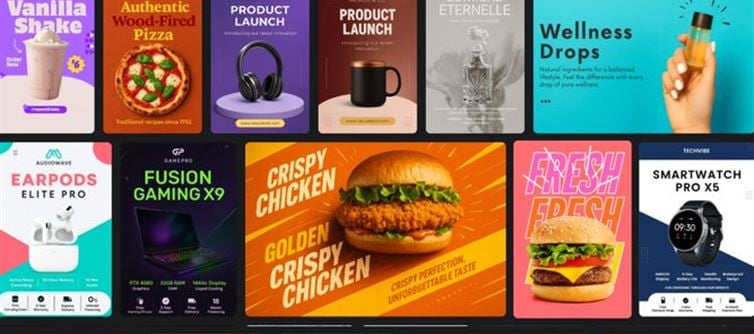
The wallet PLATFORM' target='_blank' title='digital-Latest Updates, Photos, Videos are a click away, CLICK NOW'>digital Mirror Has Cracked: Why Rule-Breaking Is the New business Model of Social Media”
When 98% of influencers break disclosure rules, it’s not a glitch — it’s a system feature. Here’s how wallet PLATFORM' target='_blank' title='digital-Latest Updates, Photos, Videos are a click away, CLICK NOW'>digital platforms profit from the chaos they pretend to control.
The ASCI’s latest report doesn’t just expose a few bad apples — it reveals the orchard is wired wrong.
97% of all advertising violations in india now originate online, with Meta accounting for 79%. Betting disguised as “gaming,” miracle cures in skincare, and “health influencers” promoting banned supplements — it’s a flood of wallet PLATFORM' target='_blank' title='digital-Latest Updates, Photos, Videos are a click away, CLICK NOW'>digital misinformation wearing a designer filter.
At first glance, it sounds like influencer irresponsibility. But look closer — and a more intricate ecosystem emerges.
Digital advertising thrives on opacity.
Unlike print or TV, where ad slots were verified and approved through multiple human checkpoints, wallet PLATFORM' target='_blank' title='digital-Latest Updates, Photos, Videos are a click away, CLICK NOW'>digital ads are programmatic — automated by profit-driven code.
The result: a system that rewards manipulation.
If engagement is currency, then outrage, curiosity, and deception are gold.
An influencer promising “quick weight loss” gets more clicks than one explaining nutrition.
A betting site disguised as a “gaming app” draws massive traffic — until the ASCI steps in (long after the ad’s budget is spent).
And who benefits from this churn? The platform itself.
Meta, Google, and others act as both gatekeepers and profiteers. Every ad — compliant or not — generates data, impressions, and dollars. The faster it spreads, the higher the revenue.
In this environment, “rules” become a performance, not a principle.
Influencers are trained in engagement, not ethics. Brands are incentivized to push limits, not uphold integrity. Regulators are left reacting instead of predicting.
The 98% influencer non-compliance rate isn’t a statistic — it’s a cultural symptom.
It signals a marketing industry that values speed over substance, visibility over values.
And yet, amid this chaos, traditional media looks almost saintly with under 3% violations. Ironically, the much-mocked “old media” now represents reliability — the very quality wallet PLATFORM' target='_blank' title='digital-Latest Updates, Photos, Videos are a click away, CLICK NOW'>digital platforms were supposed to enhance.
So where do we go from here?
Education and enforcement must align.
Platforms can no longer be allowed to self-police while monetizing violations. Brands must audit their influencer campaigns as seriously as financial statements. And consumers — yes, even scroll-happy ones — must demand transparency.
The future of advertising will depend not on how viral a campaign is, but on how verifiable it is.
If not, we’ll keep mistaking visibility for validity — and that’s the most dangerous illusion of all.
#InfluencerEthics #DigitalMarketingIndia #ASCIInsights #BrandReputation #TrustEconomy #MediaAccountability #AdReform
digital advertising trends india, influencer compliance, ASCI 2025, Meta ads violations, online brand ethics, marketing regulation
🧠 “Rule-breaking isn’t accidental — it’s algorithmic.”




 click and follow Indiaherald WhatsApp channel
click and follow Indiaherald WhatsApp channel